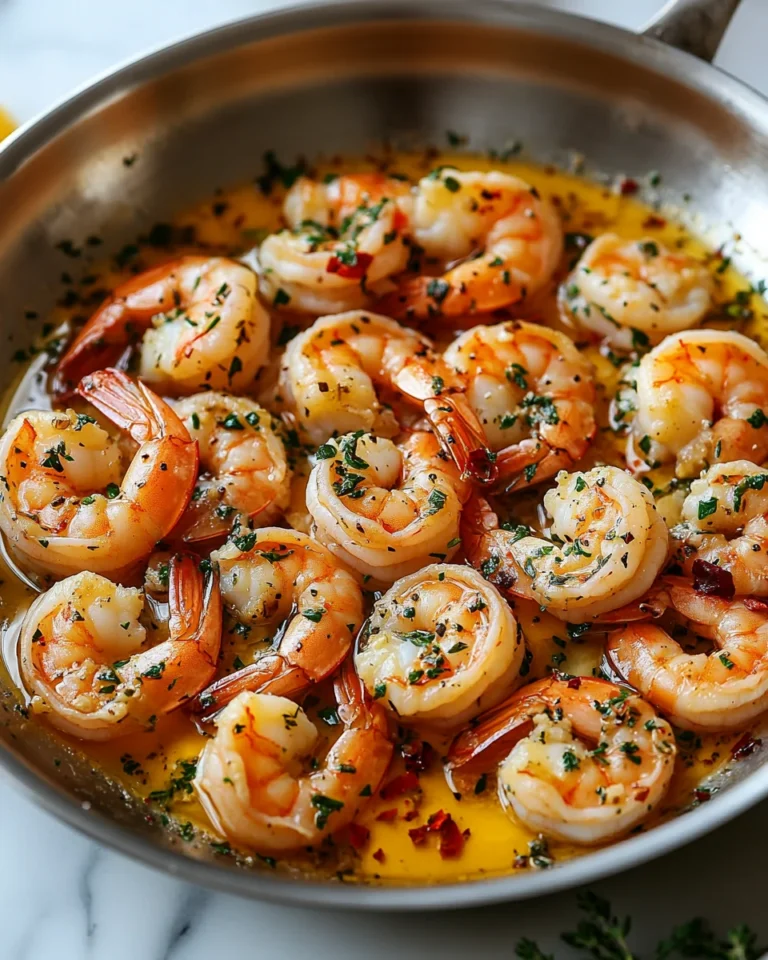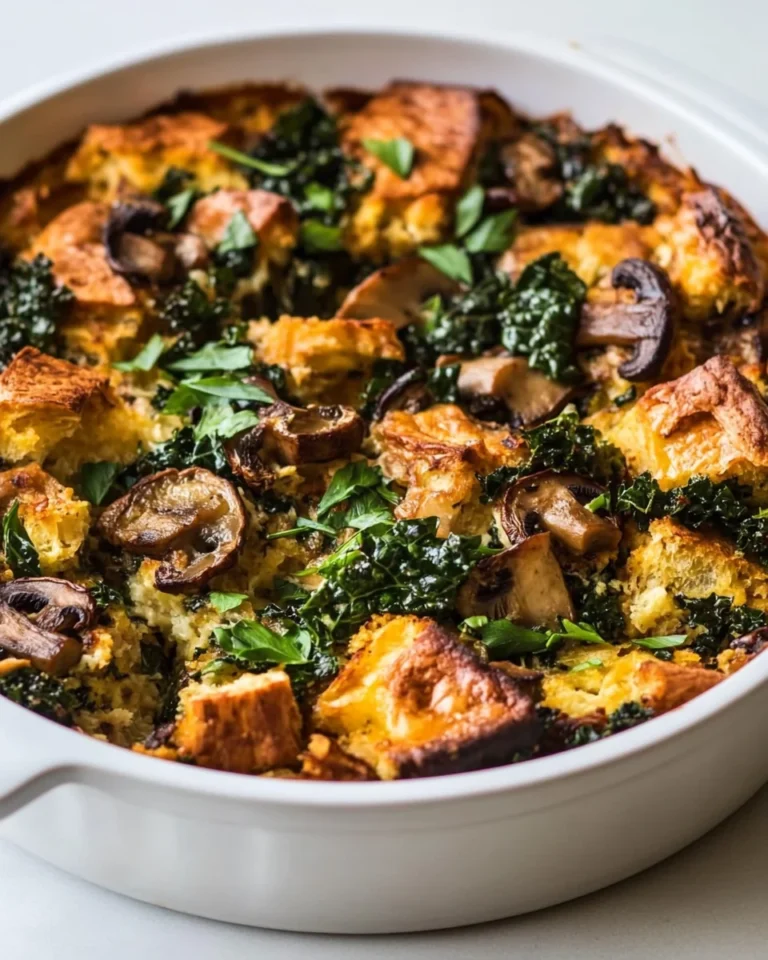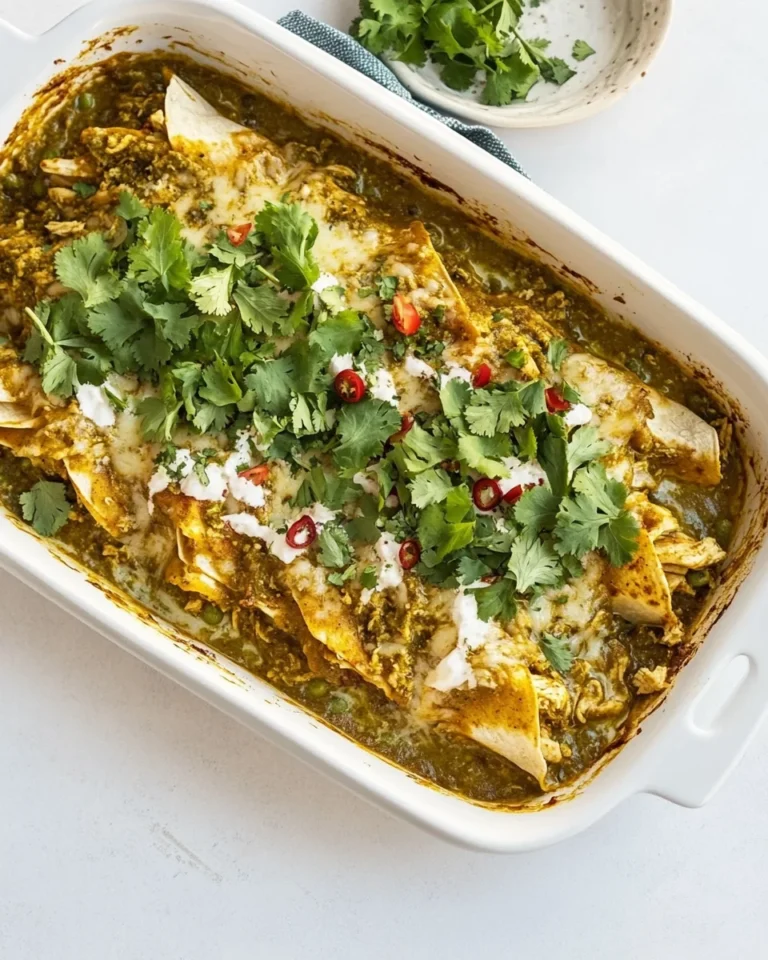Multigrain Porridge
Multigrain porridge is a versatile and nourishing breakfast option that caters to a variety of tastes and preferences. This wholesome dish combines a medley of grains, offering not only a delightful texture but also an array of flavors that can satisfy any palate. The base of this porridge can include oats, quinoa, millet, and farro, creating a deliciously creamy and hearty meal to kick-start your day. By incorporating various grains, you not only enhance the taste but also the nutritional profile, making it a fulfilling choice for breakfast or even a light lunch. The porridge is easily customizable, allowing you to experiment with different toppings, spices, and sweeteners according to your liking. Whether enjoyed plain or dressed up with fruits and nuts, multigrain porridge is a warm embrace on a chilly morning or a comforting snack any time of the day.
Why You’ll Love This Recipe?
There are countless reasons to adore this multigrain porridge recipe. First and foremost is its incredible flavor profile. The combination of grains creates a rich, nutty taste that provides a perfect canvas for your favorite toppings, from fresh fruits to crunchy nuts. Secondly, the preparation of this porridge is remarkably simple. With just a few basic steps, you can whip up a warm and satisfying meal in no time, making it an ideal choice for busy mornings. Not only is it easy to prepare, but it also allows for flexibility; you can adjust the texture to your preference by altering the water-to-grain ratio. Lastly, the visual appeal of multigrain porridge is undeniable. The vibrant colors of toppings and the inviting steam rising from the bowl create an appetizing presentation that is sure to entice anyone. This porridge doesn’t just fill your stomach; it also provides a delightful start to your day.
Ingredients:

To prepare a delicious bowl of multigrain porridge, you will need the following ingredients:
- 1/2 cup rolled oats: These oats serve as the base of the porridge, providing creaminess and a mild flavor that pairs well with other grains.
- 1/4 cup quinoa: A protein-rich grain that adds a unique texture and a slightly nutty taste to the porridge.
- 1/4 cup millet: Known for its fluffy texture, millet contributes a delicate sweetness to the dish.
- 1/4 cup farro: This ancient grain provides a chewy bite and enhances the overall heartiness of the porridge.
- 4 cups water or milk: The liquid is essential for cooking the grains and achieving your desired porridge consistency. You can use water for a lighter option or milk for a creamier texture.
- 1/4 teaspoon salt: A pinch of salt helps to enhance the flavors of the grains.
- 1 tablespoon maple syrup or honey: This natural sweetener adds a touch of sweetness. Adjust the amount to your preference.
- 1/2 teaspoon ground cinnamon: A warm spice that complements the grains beautifully, adding depth of flavor.
- 1/4 cup nuts (such as almonds, walnuts, or pecans): Chopped nuts add a delightful crunch and healthy fats.
- 1/2 cup fresh fruits (such as berries, bananas, or apples): Fresh fruits provide natural sweetness and a burst of color to the dish.
- Optional toppings: Yogurt, chia seeds, or shredded coconut can be added for extra texture and flavor.
Make sure to have all these ingredients on hand to ensure a smooth preparation process. Each grain brings its own unique characteristics, contributing to the overall enjoyment of the porridge. The combination of flavors, textures, and colors will leave you looking forward to each delightful spoonful.
How To Make Multigrain Porridge?

Creating a nourishing bowl of multigrain porridge is a straightforward process that involves a few simple steps. Follow these instructions to achieve the perfect consistency and flavor:
- Begin by rinsing the quinoa under cold water in a fine-mesh sieve. This step helps to remove any bitterness from the quinoa’s outer coating.
- In a large pot, combine the rinsed quinoa, rolled oats, millet, and farro. Add the water or milk and stir to combine the grains evenly.
- Place the pot over medium-high heat and bring the mixture to a gentle boil. Once boiling, reduce the heat to low, and add the salt and ground cinnamon. Stir well to incorporate the flavors.
- Cover the pot with a lid and let the porridge simmer for about 15-20 minutes, stirring occasionally. Keep an eye on the mixture to ensure it doesn’t stick to the bottom of the pot.
- After the cooking time, check the grains for doneness. The porridge should be creamy, with the grains tender but still maintaining a slight bite. If the porridge is too thick, you can add a little more water or milk to reach your desired consistency.
- Once cooked, remove the pot from heat and stir in the maple syrup or honey. Taste and adjust sweetness if necessary.
- Serve the porridge warm in bowls, topped with your choice of fresh fruits, nuts, and any other desired toppings.
- Enjoy your homemade multigrain porridge immediately, savoring the warmth and comfort it provides.
This straightforward method allows you to create a beautifully textured porridge that can easily be tailored to your liking. The aroma that fills your kitchen as the grains simmer is just one of the many joys of making this dish. Take your time to explore the flavors and textures, and enjoy the process as much as the final result.
Tips For Variations:
While the basic multigrain porridge recipe is delicious on its own, there are numerous ways to customize and elevate your dish. Here are some unique ideas to consider for flavor, texture, and budget options:
- Flavor Boosters: Experiment with different spices such as nutmeg, cardamom, or vanilla extract to infuse additional warmth and complexity into your porridge. A splash of coconut milk can also add a tropical flair.
- Fruits: Change up the fruits according to the season. For a summery twist, try using fresh peaches or nectarines. In the fall, roasted pumpkin or apple slices with cinnamon can create a cozy vibe.
- Texture Variations: If you enjoy a chunkier porridge, consider adding cooked sweet potatoes or squash to the mix. These additions not only enhance the texture but also provide natural sweetness.
- Nut Butters: Swirl in a spoonful of almond butter, peanut butter, or cashew butter for a creamy finish and added protein. This will also create a richer mouthfeel.
- Budget-Friendly Options: If you’re looking to cut costs, consider using less expensive grains such as brown rice or barley in place of some of the more premium grains. They can still contribute to a wholesome porridge.
- Sweetness Alternatives: If you’re looking for a sugar alternative, try using mashed ripe bananas or unsweetened applesauce to naturally sweeten your porridge without added sugars.
These variations allow you to tailor the porridge to your mood and the ingredients you have on hand. The beauty of multigrain porridge lies in its adaptability, enabling you to create a bowl that feels uniquely yours. This versatility makes it a perfect dish for any time of day, whether you’re in the mood for something sweet or savory.
Serving Suggestions:
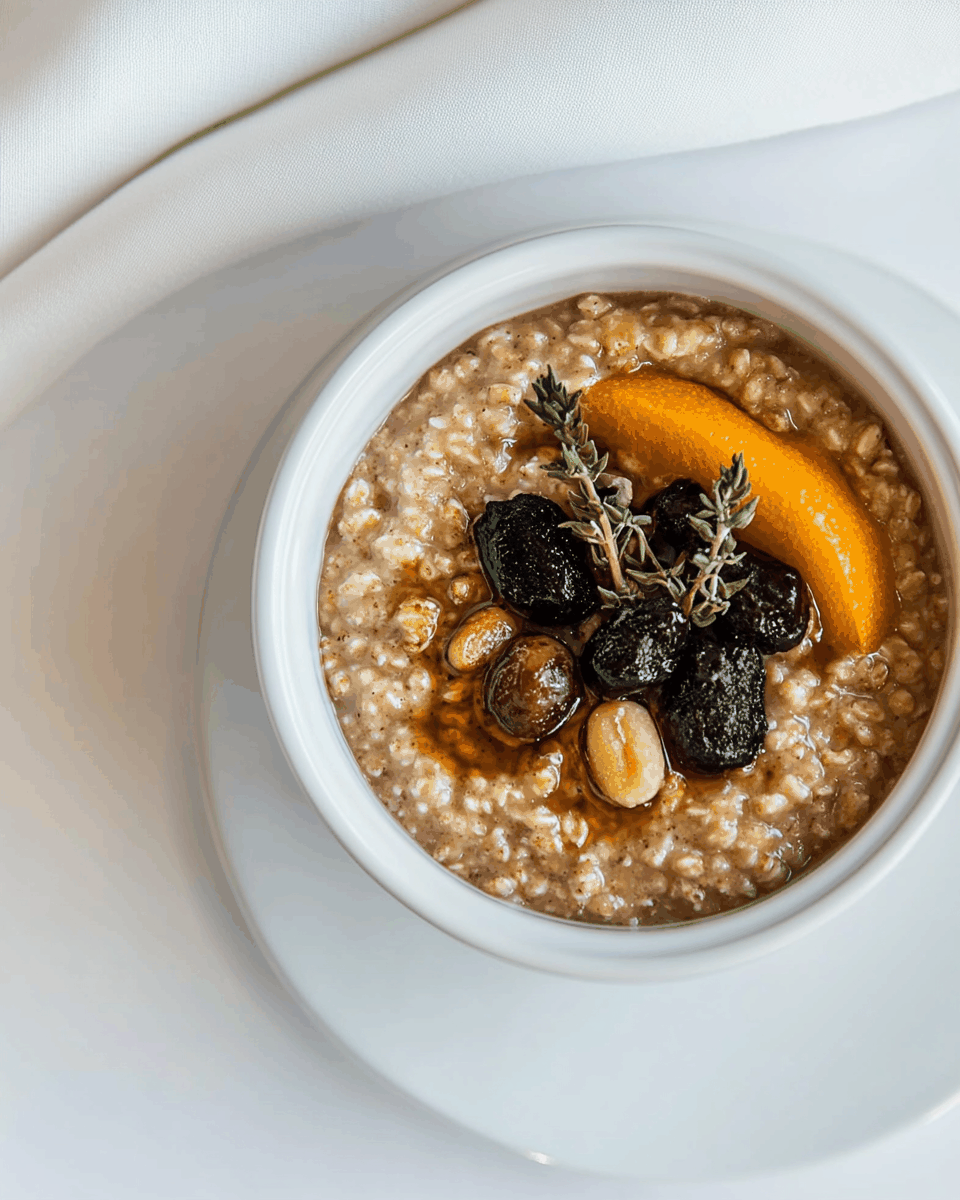
Serving multigrain porridge opens up a world of creativity, allowing you to turn a simple bowl of grains into a visually stunning and flavor-packed meal. Here are several serving ideas to inspire your culinary presentation:
- Classic Bowl: Serve the porridge in a deep bowl, topped with a generous swirl of yogurt, a sprinkle of granola, and a handful of fresh berries for a beautiful breakfast that looks as good as it tastes.
- Layered Parfait: Create a parfait by layering porridge with yogurt and fruits in a glass. This not only enhances the visual appeal but also provides a delightful contrast in textures.
- Nutty Topping: Elevate your dish by adding an assortment of toasted nuts and seeds on top for added crunch. This adds both texture and a lovely contrast to the creamy porridge.
- Drizzle of Honey: A light drizzle of honey or maple syrup over the top just before serving can add a glistening finish, making the porridge even more enticing.
- Herb Infusion: For a savory twist, incorporate fresh herbs such as mint or basil as a garnish. This unexpected addition can brighten the dish and add an aromatic element.
- Seasonal Themes: Embrace seasonal flavors by incorporating toppings that reflect the time of year. In winter, consider adding spiced apples, while in spring, you might opt for fresh citrus zest.
By presenting your multigrain porridge in these creative ways, you can transform a humble breakfast into an exciting culinary experience. The various textures, colors, and flavors will entice anyone at your table, making it a dish worth sharing.
FAQ:
Can I prepare multigrain porridge in advance?
Yes, you can prepare multigrain porridge in advance. Cooked porridge can be stored in an airtight container in the refrigerator for up to three days. Simply reheat and add your favorite toppings before serving.
What grains can I use for multigrain porridge?
You can use a variety of grains such as oats, quinoa, millet, farro, barley, or brown rice. Feel free to mix and match based on your preferences and what you have on hand.
How can I make my porridge creamier?
To achieve a creamier texture, consider using milk instead of water, or add a splash of cream or coconut milk during cooking. Stirring in yogurt just before serving can also enhance creaminess.
Can I freeze multigrain porridge?
Yes, multigrain porridge can be frozen. Allow it to cool completely, then portion it into freezer-safe containers. Reheat thoroughly before serving, adding a bit of liquid if needed.
What are some toppings I can use for multigrain porridge?
There are endless topping options! You can use fresh or dried fruits, nuts, seeds, nut butters, yogurt, granola, or spices such as cinnamon and nutmeg to enhance the flavor and texture of your porridge.
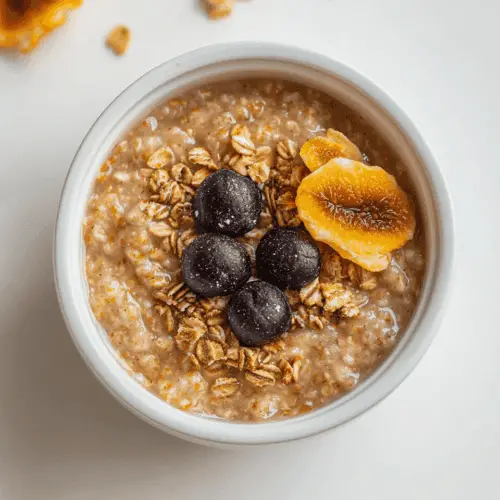
Multigrain Porridge
Equipment
- Large Pot
- Fine-Mesh Sieve
Ingredients
Grains
- 1/2 cup Rolled oats Base of the porridge providing creaminess.
- 1/4 cup Quinoa Adds a unique texture and nutty taste.
- 1/4 cup Millet Contributes a delicate sweetness.
- 1/4 cup Farro Provides a chewy bite and heartiness.
Liquid
- 4 cups Water or milk Use water for lighter porridge or milk for creaminess.
Seasoning
- 1/4 teaspoon Salt Enhances flavors of the grains.
- 1 tablespoon Maple syrup or honey Natural sweetener, adjust to taste.
- 1/2 teaspoon Ground cinnamon Adds warmth and depth of flavor.
Toppings
- 1/4 cup Nuts (almonds, walnuts, or pecans) Adds crunch and healthy fats.
- 1/2 cup Fresh fruits (berries, bananas, or apples) Provides natural sweetness and color.
- Optional toppings (yogurt, chia seeds, or shredded coconut) For extra texture and flavor.
Instructions
- Rinse the quinoa under cold water in a fine-mesh sieve to remove bitterness.
- In a large pot, combine the rinsed quinoa, rolled oats, millet, and farro. Add the water or milk and stir to combine.
- Bring the mixture to a gentle boil over medium-high heat. Once boiling, reduce heat to low, and add salt and cinnamon. Stir well.
- Cover the pot and let simmer for 15-20 minutes, stirring occasionally, until creamy and grains are tender.
- If too thick, add more water or milk to reach desired consistency.
- Remove from heat and stir in maple syrup or honey. Adjust sweetness if necessary.
- Serve warm in bowls, topped with fresh fruits, nuts, and any other desired toppings.
- Enjoy your homemade multigrain porridge immediately.



